In this article we talk about titanium oxide nanoparticles which is produced from semi-conductive nanoparticles to metal nanoparticles and…each of which has a different application and feature that can be used depending on our needs, and the applications of these nanoparticles are different in different industries. If you are the owner of industries that need nanoparticles, we suggest that you get this material online from reputable sites. These sites offer different types of nanoparticles with excellent quality and reasonable prices to their customers.

What is titanium oxide nanoparticles?
 Nano particles Titanium dioxide, also known as titanium Iv or titanium oxide, has the chemical formula TiO2, which is used as a pigment. It contains white titanium, white pigment and CI77891. All the properties of titanium dioxide are also present in titanium nanofibers, with the difference that the particle size is much smaller and therefore more efficient and effective because due to the small size of the particles, the contact surface increases and efficiency increases.Feature of titanium oxide nanoparticles. When the size of TiO2 particles decreases to the nanoscale, photocatalytic activity may increase as the effective surface area increases.
Nano particles Titanium dioxide, also known as titanium Iv or titanium oxide, has the chemical formula TiO2, which is used as a pigment. It contains white titanium, white pigment and CI77891. All the properties of titanium dioxide are also present in titanium nanofibers, with the difference that the particle size is much smaller and therefore more efficient and effective because due to the small size of the particles, the contact surface increases and efficiency increases.Feature of titanium oxide nanoparticles. When the size of TiO2 particles decreases to the nanoscale, photocatalytic activity may increase as the effective surface area increases.
Titanium dioxide is present in three main phases (three crystalline phases): rutile, anatase and broccoli. Of these three phases, the rutile phase is more stable, and the other two phases, Anatase and Brookie, are converted to rutile by heat. Spatially, the rutile and anatase phases are tetragonal, and bronchitis is orthoboric. Figure 1 (A-C) shows the structural phases of anatase, rutile, and brocade. However, for some applications, such as conventional filtration of the solution, no crystal phase is required. The crystalline phase is necessary when a specific application such as photocatalytic or the semiconductor is considered. For example, the anatase phase is used for sensitive optical colors and optical catalysis, and the rutile phase is mostly used in dielectrics and high temperature oxygen sensors.
Best way to export titanium oxide nanoparticles to India
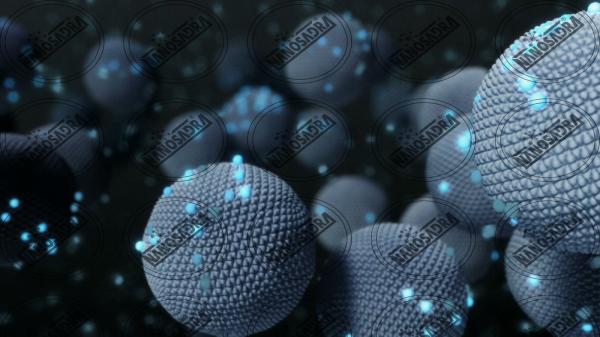 In recent years, high-quality nanoparticles have been produced in companies producing all kinds of nanoparticles using the latest knowledge in the world, quality raw materials, using advanced industrial devices and relying on the power of domestic experts.Iranian titanium oxide nanoparticles The export of titanium oxide nanoparticles to India is also being carried out by commercial and business groups and centers. If officials pay more attention to the non-oil export sector, the export and trade of titanium oxide nanoparticles to neighboring countries and the Middle East could be a lucrative and cost-effective export that, in addition to helping currency, is very effective in solving youth employment.
In recent years, high-quality nanoparticles have been produced in companies producing all kinds of nanoparticles using the latest knowledge in the world, quality raw materials, using advanced industrial devices and relying on the power of domestic experts.Iranian titanium oxide nanoparticles The export of titanium oxide nanoparticles to India is also being carried out by commercial and business groups and centers. If officials pay more attention to the non-oil export sector, the export and trade of titanium oxide nanoparticles to neighboring countries and the Middle East could be a lucrative and cost-effective export that, in addition to helping currency, is very effective in solving youth employment.
Wholesale market of titanium oxide nanoparticles in UK
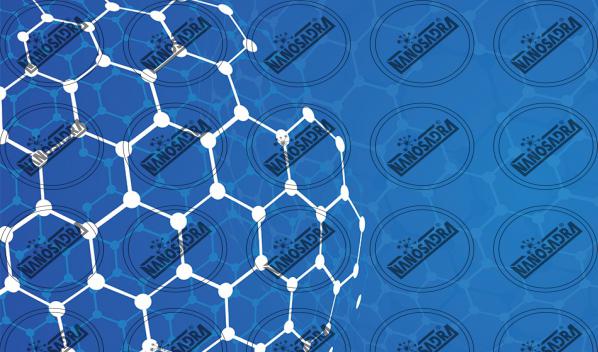 The largest market share is made up of British nanoparticles. These nanoparticles are synthesized in different diameters between 5 and 250 nanometers and a purity of 75 to 97.99%. Rutile and anatase nanoparticles are mainly used as raw materials in traffic paints, sunscreens, solar cells, self-cleaning and waterproof coatings. Therefore, these nanomaterials, with 9.33% and 5.31%, respectively, have the highest production among British nanostructures.
The largest market share is made up of British nanoparticles. These nanoparticles are synthesized in different diameters between 5 and 250 nanometers and a purity of 75 to 97.99%. Rutile and anatase nanoparticles are mainly used as raw materials in traffic paints, sunscreens, solar cells, self-cleaning and waterproof coatings. Therefore, these nanomaterials, with 9.33% and 5.31%, respectively, have the highest production among British nanostructures.
On average, nanoparticles with a diameter of 20 nanometers and a purity of 5.99% are the most popular among manufacturers and buyersWholesale titanium oxide nanoparticles For example, the P25 brand, one of the most widely used and best-selling types of titanium dioxide nanoparticles, is a product of Evonik Industries, a blend of anatase and rutile crystal structures with an average diameter of 21 nm and a purity of 5.99%.Among the titanium dioxide nanostructures, nanofluids and porous nanotubes have not yet reached the commercial production stage, although they are being produced and researched in a laboratory.
The reason why manufacturing companies are reluctant to produce these products is that the technology of making these products is more complex than other morphologies and crystal structures in Italy, and their use is also more limited. Nanomaterials are the units that make nanotechnology, and many of the wonders of this technology depend on the type and quality of nanomaterials used.

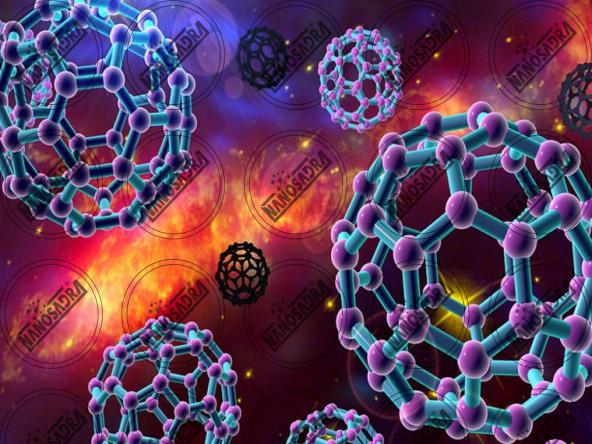
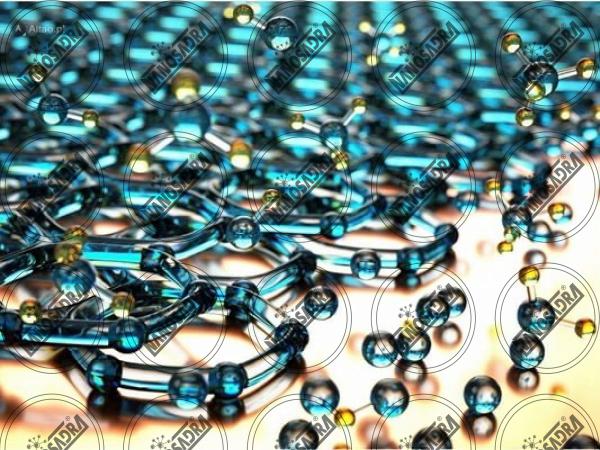
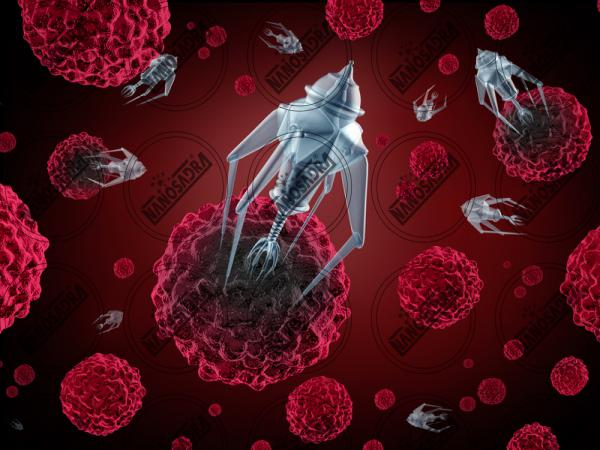

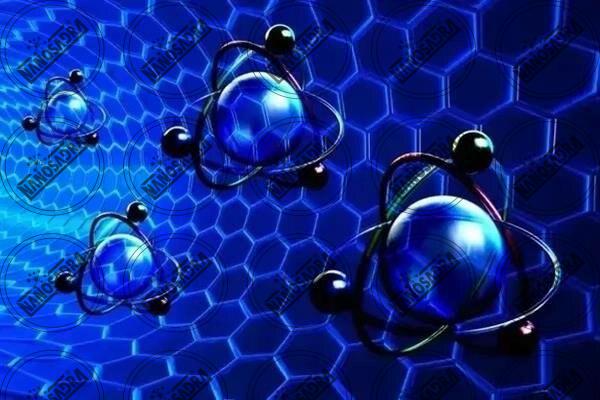

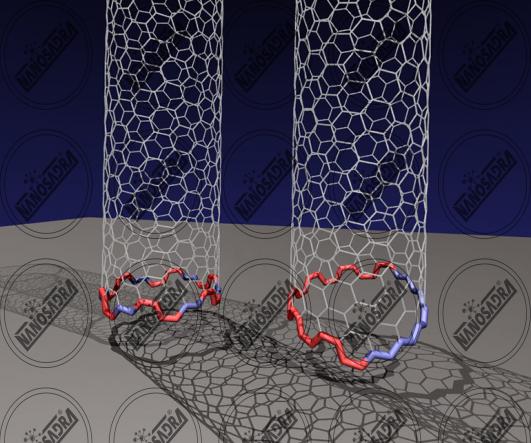


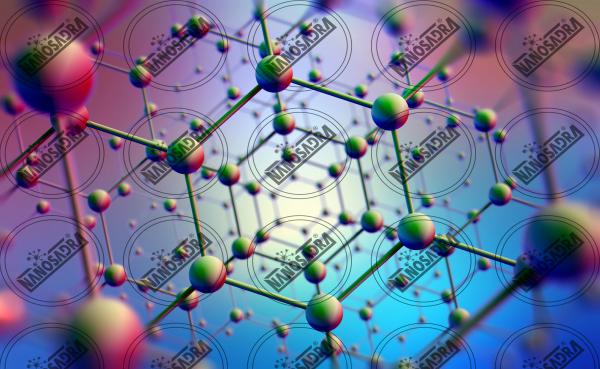
Your comment submitted.